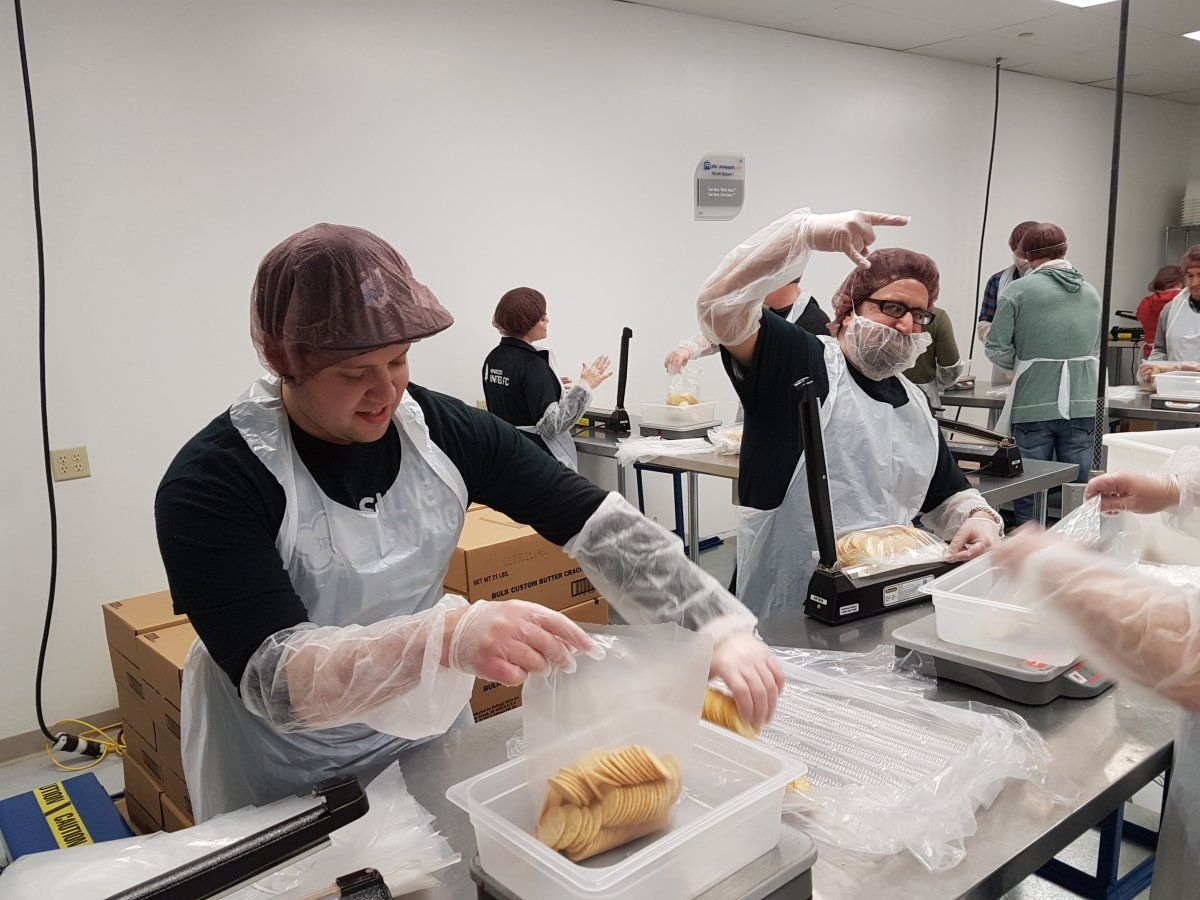Value – Add….. or Subtract (From Your Revenue)
by Sharmi Duncan
 When it comes to your customers, are you a yes company? The mantra that the customer is always right is incorrect. Companies that bend over backwards in the name of customer service often do more harm than good because those “special” requests are an expense that the supplier bears and doesn’t recover. When they could be profit enhancers.
When it comes to your customers, are you a yes company? The mantra that the customer is always right is incorrect. Companies that bend over backwards in the name of customer service often do more harm than good because those “special” requests are an expense that the supplier bears and doesn’t recover. When they could be profit enhancers.
In a previous article, I wrote about Landed Cost and Bob’s Wholesale Foods Distribution (BWFD). In that example, I identified how saying “yes” to a customer emergency cost BWFD $6.09/case of water. Rather than making money, BWFD lost money because of hidden costs in the supply chain—purchasing less than the MOQ, rush delivery fees, and hand-delivering the product.
Consider this: what if BWFD had said “Yes” to the customer, but with a single cost stipulation—special order? Any time an order falls outside the normal process, the customer should pay for it. Activities that go above and beyond the normal process cost suppliers money, and this is a burden the customer should share. Sharing the burden is an acceptable practice, and one that encourages customers to better manage their businesses. Often when a request is tied to a cost, customers re-evaluate their needs and decide that their request isn’t an emergency after all. They learn to analyze the cost-benefit ratio, and eventually special requests taper off.
There are other services suppliers provide that can be utilized to provide excellent customer service and generate revenue. These services are called value-add, a term that covers any "extra" features added to a product that go beyond the standard configuration. Value-add is way to differentiate your company from the competition and gain customer loyalty. In the food-service distribution industry, repacking—changing from the standard packing configuration—is a common value-add practice. Other value-adds include food that’s prepped for cooking prior to store delivery. This allows for uniform consistency and also reduces the risk for food-borne illness. More and more national restaurant chains are purchasing pre-portioned, pre-seasoned products that require no on-site prep. Customer expectations are changing, and there are costs associated with those changes. So get in the game.
When a customer calls with an emergency or a special request, you can “WOW” them, but you don’t have to lose your shirt in the process. Special order, special delivery, split case packs, repacks—they ask for it, you provide it. But if you’re not making money—or worse, you’re losing money for the sake of “good customer service”—then you’re in the wrong game. And eventually it’ll catch up with you.


